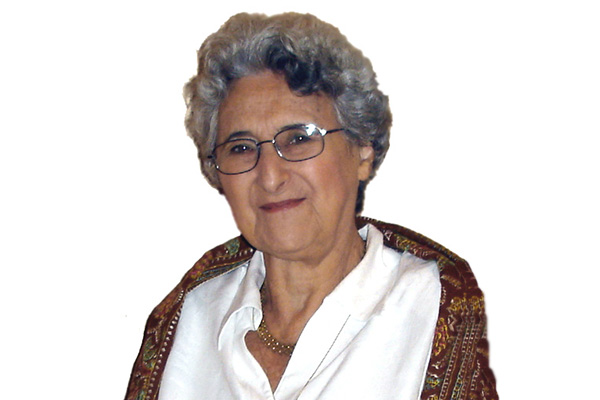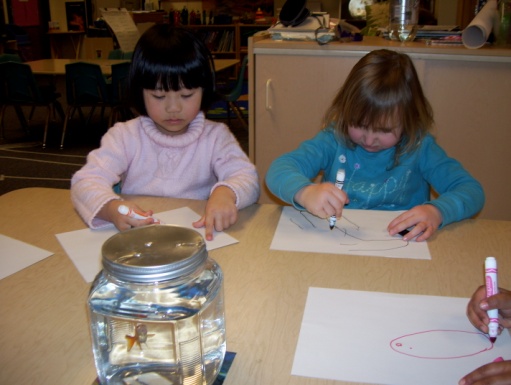One important feature of the first phase of a project is the development of the questions that the investigation will try to answer. Many teachers have found it helpful to make a question table during a discussion with the children about what they want to find out.
Once the topic of the investigation has been agreed upon, the teacher can begin to create a three-column question table as follows:
| Questions | Predictions | Findings |
|---|---|---|
The teacher can then ask the group, “What do you want to find out about (the topic)?” For example, if the class is beginning a study of trees near the school, the teacher might ask, “What do you want to find out about the trees outside the school?” The teacher can then write the questions in the first column.
| Questions | Predictions | Findings |
|---|---|---|
| Do they have flowers on them? | ||
As the children become involved in fieldwork, the teacher may invite them to formulate additional questions related to fieldwork experiences:
- When the arborist comes to talk to us, what do you want her to talk about?
- When we go to the nursery, what do you want them to show us?
- When we take our walk around the school (or the park, etc.) what are some things you want to measure?
After writing a child’s question on the chart, the teacher can ask, “What do you think the answer will be?” Occasionally, when a child makes a reasonably clear prediction, the teacher can ask in a positive and curious tone, “What makes you think so?” Provoking children to examine and offer the bases for predictions should become part of the culture of the classroom and may foster a lifelong disposition. However, like just about everything else, putting this question to the young investigators could become annoying if it occurs too often! (Note: It is all right for a child to say, “I don’t know!”)
As the teacher encourages the group to make predictions, children may even argue with each other as they support their own ideas. Their conversation may reveal the range of experience and knowledge represented in the group.
Predictions can be listed in the middle column, as follows.
| Questions | Predictions | Findings |
|---|---|---|
| Do they have flowers on them? | Yes No Some do, etc. | |
As the children return from various site visits and talks with visiting experts, the teacher can help them complete the third column of the findings.
| Questions | Predictions | Findings |
|---|---|---|
| Do they have flowers on them? | Yes No Some do, etc. | Some do, others do not |
When the children become familiar with using this kind of question table, the teacher could add another column, calling it something like “Source,” to note where they got answers to their questions. With older children, a column titled “How can you find the answers to this question?” or “What did you do to get the answers to this question?” could also be added.
A chart for older children who are more experienced with project work might look something like this:
| Questions | Predictions | Basis for prediction | Strategy | Findings | Source of information |
|---|---|---|---|---|---|
| Do they have flowers on them? | Yes No Some do, etc. | Yes, Jane saw some. No, flowers don’t grow on trees. | Ask the master gardener. | Some do, others do not | The master gardener and the arborist. |
Much depends on the ages and the experience of the children involved in the project.
I recommend experimenting with the range of possibilities for the question table. It is generally a good idea to post the question table where children can easily see it and to return to it whenever it seems appropriate to support the progress of the project.

Lilian Katz
Lilian G. Katz, a professor emerita at the University of Illinois at Urbana-Champaign, has been an international leader in early childhood education. She has lectured in all 50 U.S. states and in 43 countries. Dr. Katz also has authored more than 150 publications about early childhood education, teacher education, child development, and parenting.
Biography current as of 2019


